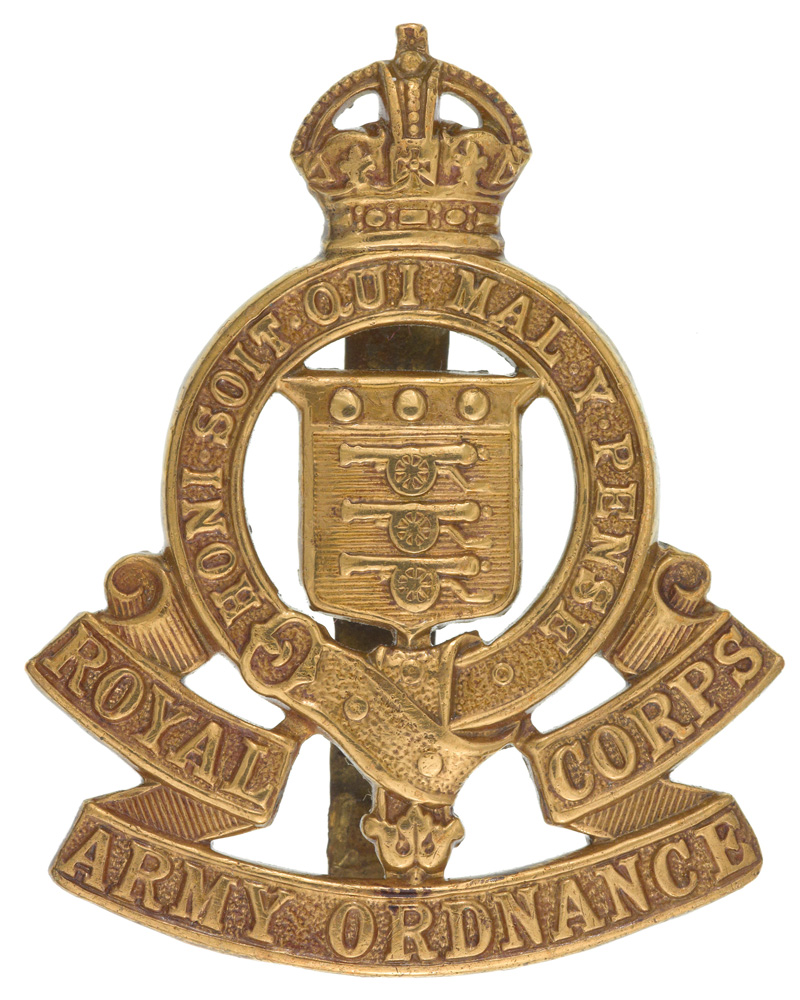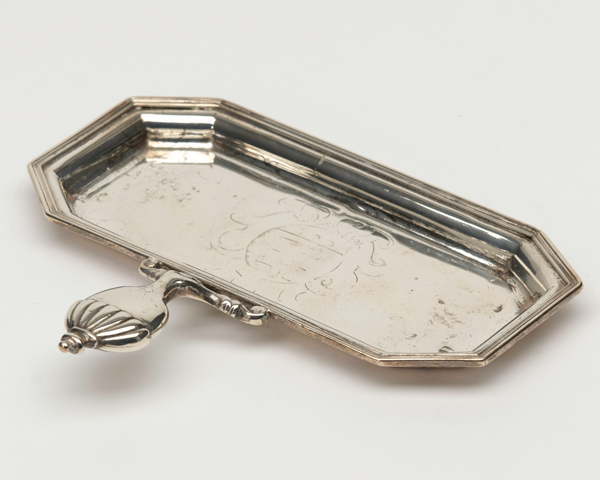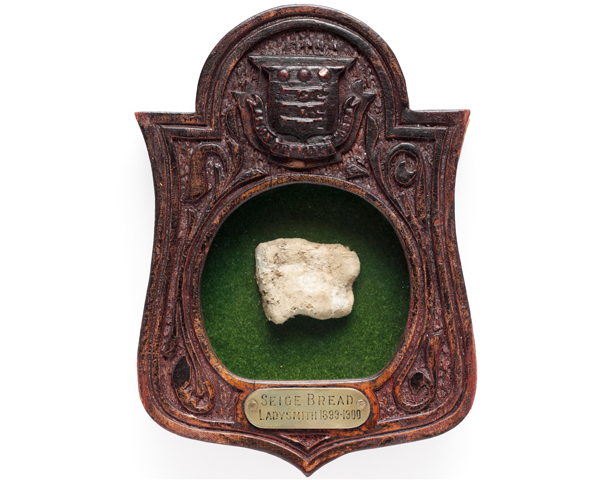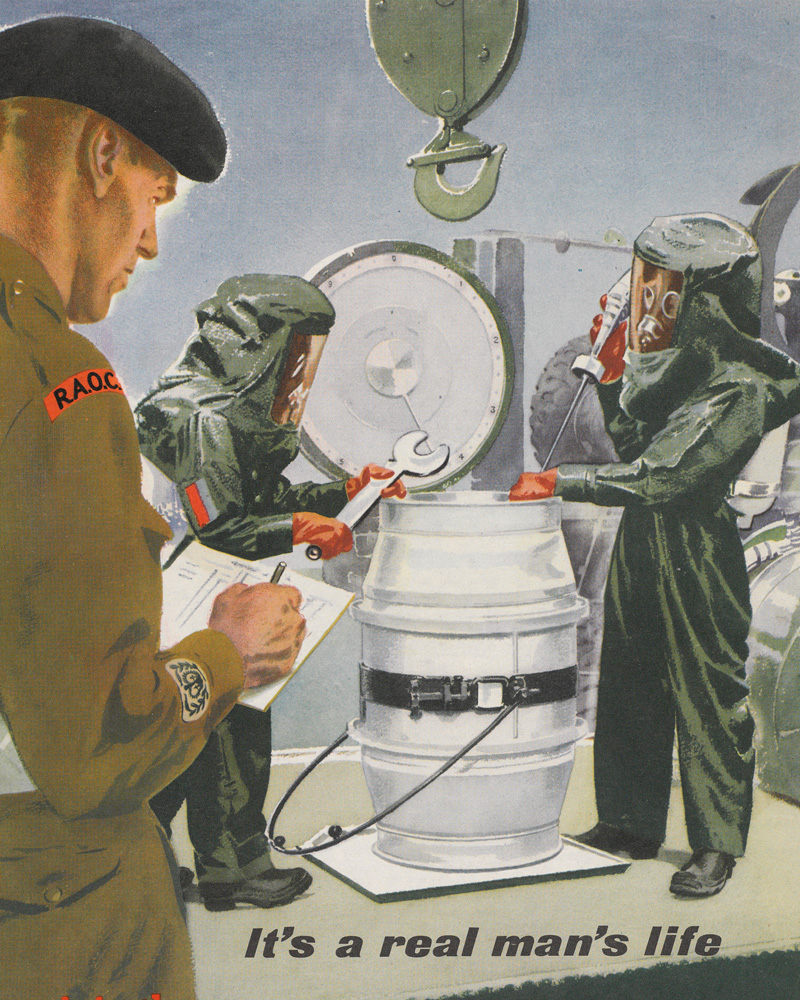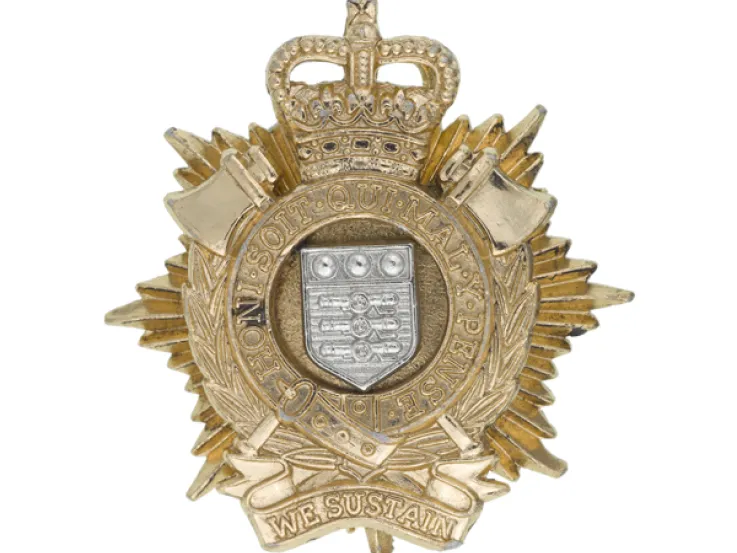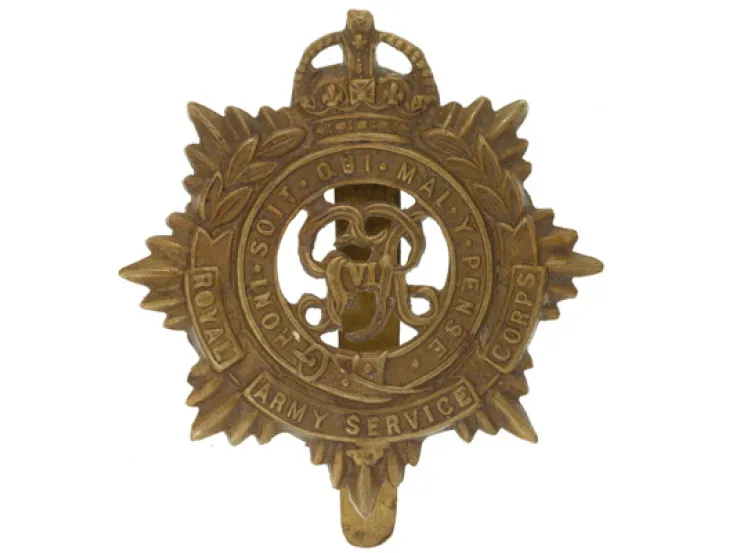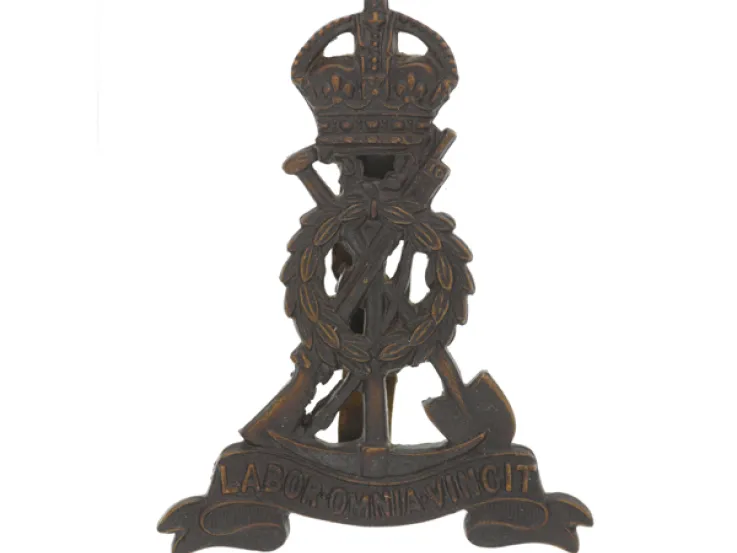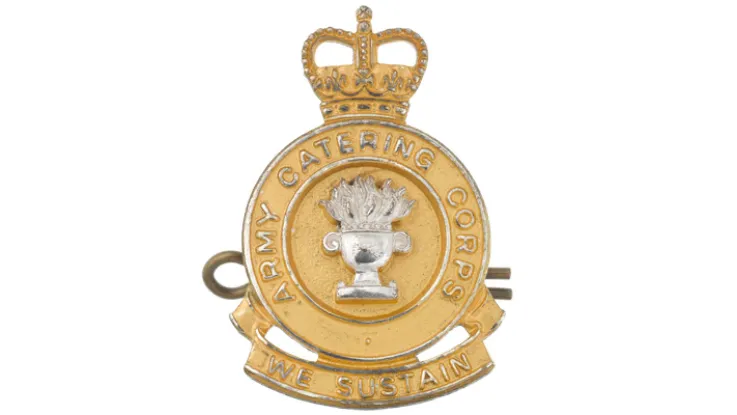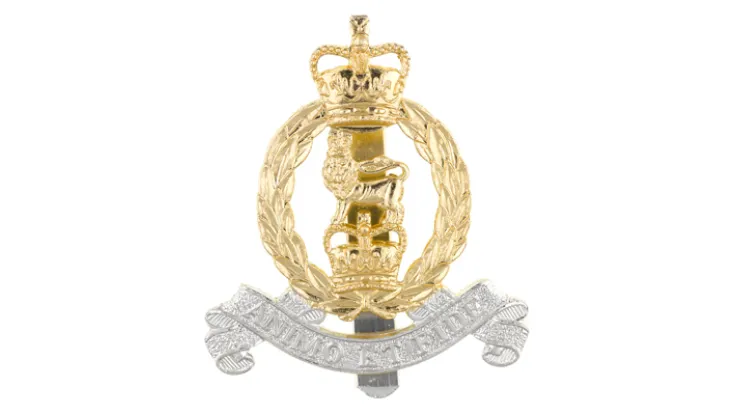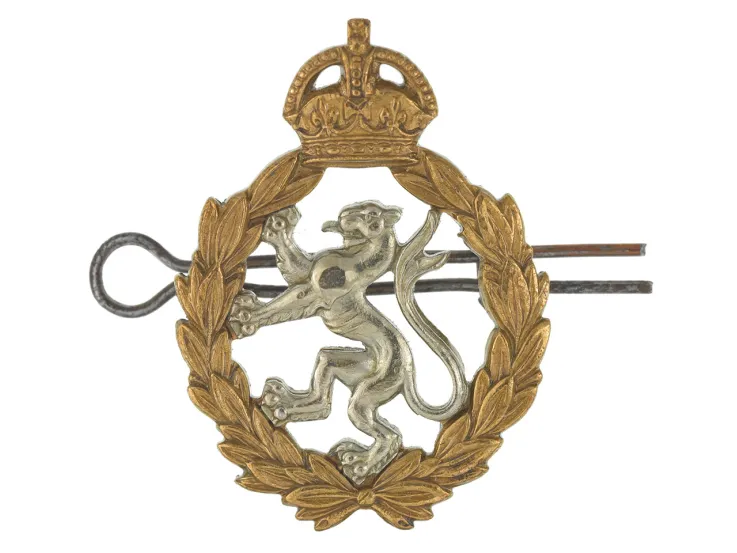Origins
The officer unit began as the Office of Ordnance, set up in 1414 at the very dawn of gunpowder warfare and renamed the Board of Ordnance in 1683. At the outbreak of the French Revolutionary Wars (1793-1802), a Field Train Department was set up within the Board.
The Board was abolished in 1855 following the Army’s logistical failures in the Crimean War (1854-56) and its responsibilities transferred to the War Office, the Royal Artillery and the Royal Engineers.
During 1857-58 two units were set up to carry out these functions, the officer-only Military Store Department and the Corps of Armourer-Sergeants for non-commissioned officers. Both were based primarily at the Tower of London, Woolwich and Weedon. The Field Train Department outlived the Board of Ordnance and was only disbanded in 1859.
More changes
These two units were supplemented by the Military Store Staff Corps (MSSC) in 1865 which provided other ranks. In 1869 the MSSC’s transport and supply functions were transferred to the new Army Service Corps and the Military Store Department was renamed the Control Department.
The 1870s saw further reorganisation. In 1875 the Control Department was split into the Ordnance Store Department (OSD), the Commissariat and Transport Department and the Pay Sub-Department. Two years later the MSSC was transferred wholesale to the Army Service Corps as that unit’s Ordnance Store Branch.
The Branch was then renamed the Ordnance Store Corps in 1881 and in 1895 it absorbed the Corps of Armourer-Sergeants. The Corps was renamed the Army Ordnance Corps in 1896. The latter year also saw the OSD renamed the Army Ordnance Department.
Deployments
These predecessors of the Royal Army Ordnance Corps took part in every late Victorian military expedition, including Egypt (1882), Sudan (1884-85 and 1898) and the Boer War (1899-1902).
These campaigns required the support of large numbers of troops, animals and equipment in hostile environments. The ordnance units created a well-developed system of stores dumps and repair facilities along extended lines-of-communication.
Quiz
Which of the following was a nickname for the Royal Army Ordnance Corps?
The regiment was nicknamed the 'Sugar Stick Brigade' because of the red and white piping on their uniforms.
World Wars
The First World War (1914-18) saw the officers and men of the Department and Corps heavily engaged, especially in the artillery-dominated theatre of the Western Front. The number of ordnance personnel grew enormously, as did the storage and logistics infrastructure needed to supply the guns.
Their vital role was recognised on 28 November 1918, when the Department was amalgamated into the Corps. The new Army Ordnance Corps was granted the prefix ‘Royal’ in 1922.
It served in numerous roles during subsequent conflicts, such as bomb disposal during the Second World War (1939-45). It was also responsible for much of the repair of Army equipment and vehicles until that task was made the responsibility of the Royal Electrical and Mechanical Engineers in 1942.
In 1965 the Royal Army Ordnance Corps took over the Royal Army Service Corps’s supply role.
Legacy
In 1992 the unit's staff clerks were merged into the newly formed Adjutant General’s Corps. A year later the Royal Army Ordnance Corps itself was merged with several other units to form the Royal Logistic Corps.
Regimental museums
The National Army Museum works with a network of Regimental and Corps Museums across the UK to help preserve and share the history and traditions of the Army and its soldiers.
Discover more about the Royal Army Ordnance Corps by visiting the Royal Logistic Corps Museum near Winchester.


